Whether you’re starting a new business or looking for ways to optimise your current workspace, office layout is a crucial yet often overlooked element of planning.
With endless possibilities, it can be hard to achieve the right balance with your layout – an environment that is lively but not distracting, room for collaboration while keeping noise levels to a comfortable level, providing privacy for employees without them feeling disconnected. And if you’re Google, an adequate number of pinball machines.
When you get it right, morale and productivity can skyrocket, making office layout one of the most important business decisions you can make.
Gone are the days when most offices have private rooms for each employee. Different layouts have grown (and waned) in popularity over the years, from cubicles to team-based layouts to the divisive open plan office.
Here are the pros and cons of some of the most common office layout types.
Traditional Office Layout
The traditional office layout provides each staff member with their own individual room within the office, while also incorporating separate meeting spaces and a reception area, depending on the business. This is still a popular choice for companies where confidentiality is essential (such as law firms), or small businesses with only a few employees.
Advantages
- Privacy. As well as confidentiality, the sense of privacy afforded by individual offices makes workers more comfortable and instils a sense of trust in them getting the job done.
- Productivity. Noise and other office distractions are proven to hamper productivity, but the traditional office layout provides quiet, private rooms in which to focus and work in peace.
- Individuality. Private offices can be customised with photos, plants and anything else that makes an employee feel more at home, giving them a sense of pride and ownership over their workspace.
Disadvantages
- Procrastination. A private room may tempt some employees into a few too many trawls of social media or rounds of solitaire without the risk of being caught.
- Isolation. While some may thrive in this layout, some people need to feel connected to their co-workers in order to function at their best. Individual offices can reduce collaboration and effective communication which is fostered by more open offices.
- Costs. Lighting, air-conditioning, rent and other costs associated with the traditional office layout are usually much higher than other designs.
Partition/Cubicle Office Layout
The cubicle or partition office layout is a common method of dividing up the workplace in a cheaper and more flexible way than built-in private offices. Individual spaces are usually set up with temporary walls to form a ‘box’ with one side open, providing many of the same benefits of the traditional layout and making it one of the most common choices among a range of professions.
Advantages
- Privacy. While not quite as private as an individual office, a cubicle gives an employee their own space to work in with minimal distractions, which they can customise to increase comfort and satisfaction.
- Flexibility. The temporary nature of cubicles means they can be adapted and rearranged according to the changing needs of your business.
- Balance. Many workplaces find cubicles strike a nice balance between reducing distractions and encouraging open communication between workers. Noise tends to be reduced by the walls, but the partially-open nature of a cubicle still allows someone to pop their head in to have a chat or ask an important question.
Disadvantages
- Space. The size and style of cubicle used in this layout is crucial, as many employers make the mistake of using spaces that are too small. This negates many of the benefits of the cubicle design, leaving employees feeling stifled and reducing productivity.
- Discomfort. The cubicle office layout is typically the least conducive to natural light and airflow. Individual offices almost always have windows, and open offices by nature are great for these environmental factors, but cubicles can feel suffocating and cut-off.
- Aesthetics. Cubicle office layouts are hard to design without looking clinical and borderline depressing. From an aesthetic standpoint, cubicles have largely gone out of fashion.
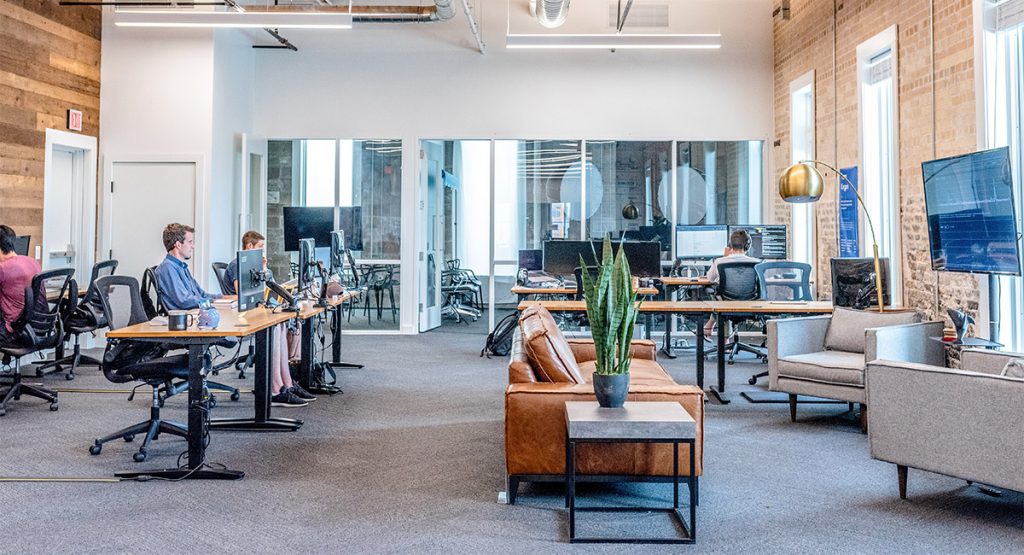
Open Plan Office Layout
The Open Office Layout only gained popularity around the turn of the century, but has since become arguably the most popular choice for employers due to a range of proposed benefits. While it can be beneficial for many businesses for a number of reasons, some are finding the open-plan office craze has not delivered on the hype.
Advantages
- Cost. Open-plan offices are significantly cheaper than other layouts (particularly when starting from scratch) due to the reduced square meterage, required furnishings and equipment. Plenty of natural light and air also helps reduce electricity bills.
- Accountability. Such an open environment can encourage a team to be more productive, evoking a strong sense of working together for a shared goal. Many employers favour the open layout to prevent procrastination.
- Collaboration*. The driving factor behind the open layout’s popularity is its totally collaborative nature. The absence of walls or barriers allows spontaneous discussions and exchanging of ideas to occur at any time. This helps to spark new ideas and improve communication amongst staff (in theory – see below).
Disadvantages
- Collaboration*. A 2018 study funded by the Harvard Business School revealed that workers in open-plan offices actually spent 73% less time interacting face-to-face, while the use of emails and other instant messaging skyrocketed by more than 67%. Many now agree that the thinking behind the open office layout is great for collaboration, but the negatives of this design can reduce the desire of workers to interact.
- Distractions. The printer whirring. A co-worker stirring their lunch. Cutlery clanging in the kitchen. Sneezes. Loud conversations. In an open layout, every minor noise can be a cause for distraction. To try and reduce this and remain productive, employees often isolate themselves with headphones or other means, resulting in less interaction with others.
- Privacy. For some people, the feeling of being constantly watched can be stressful enough to actually hamper productivity.
Other Common Layouts
Team-based Layout
A team-based office design is a combination of open and closed layouts, with larger cubicles or offices designated for teams within the business (e.g. marketing, sales, finance). This layout fosters collaboration between those that need to work closely together, while reducing the distractions of a full open-plan office.
Half-partition Layout
Half-partitions are essentially cubicles with walls low enough for employees to interact over. This layout still affords some privacy without fully separating workers. This option is more cost-effective than full cubicles or private offices, but does present issues with noise and other distractions.
Co-working space
A co-working office is a space provided by a third party which rents out desks, rooms or even whole floors of the larger area. Ideal for very small businesses or those who are self-employed, a co-working layout is a highly economical choice, but offers very little privacy or security.
There is no such thing as a perfect office layout. The size of your company, nature of work to be carried out, your organisational structure and several other factors need to be considered when choosing the layout for your office. Businesses are increasingly favouring hybrid spaces with a combination of enclosed rooms, open working spaces and breakout/meeting zones to cater for their needs. For office layout ideas or assistance with the design and fitting out of your next office project, get in touch with our team!

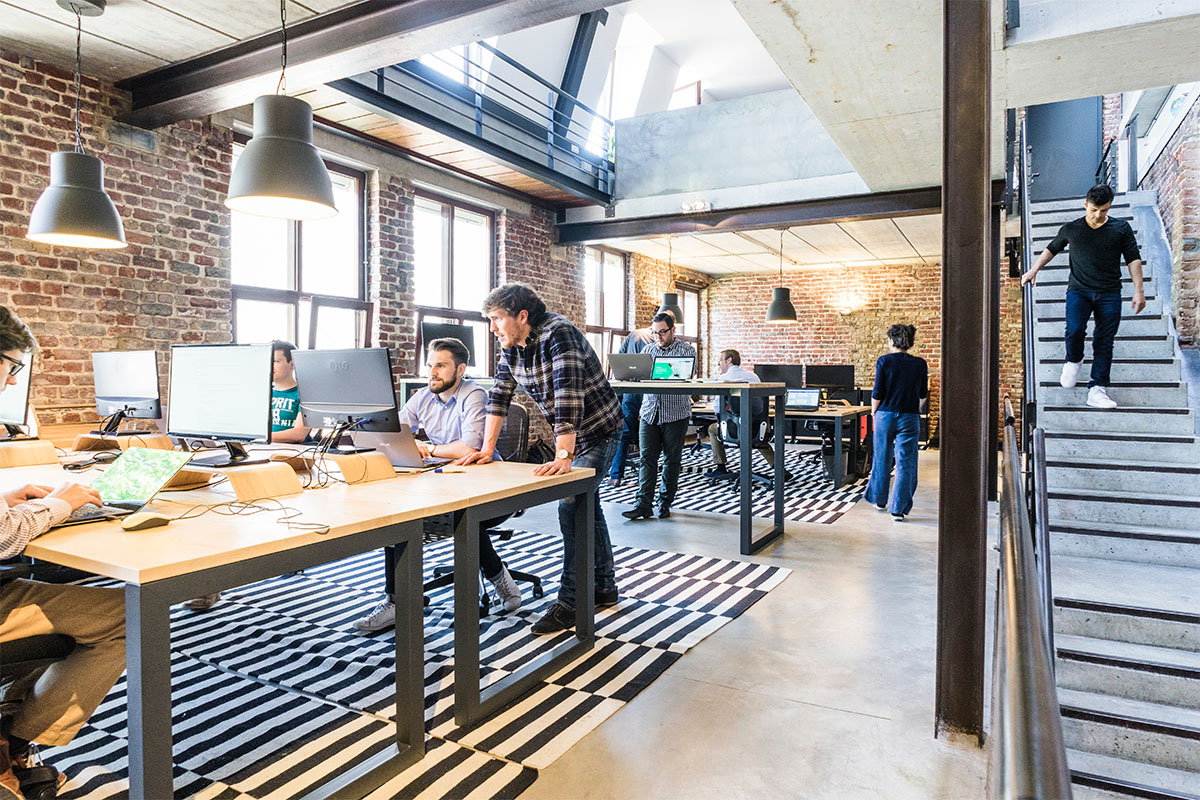
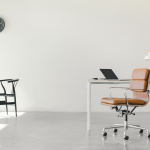
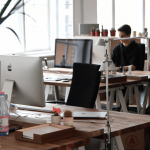

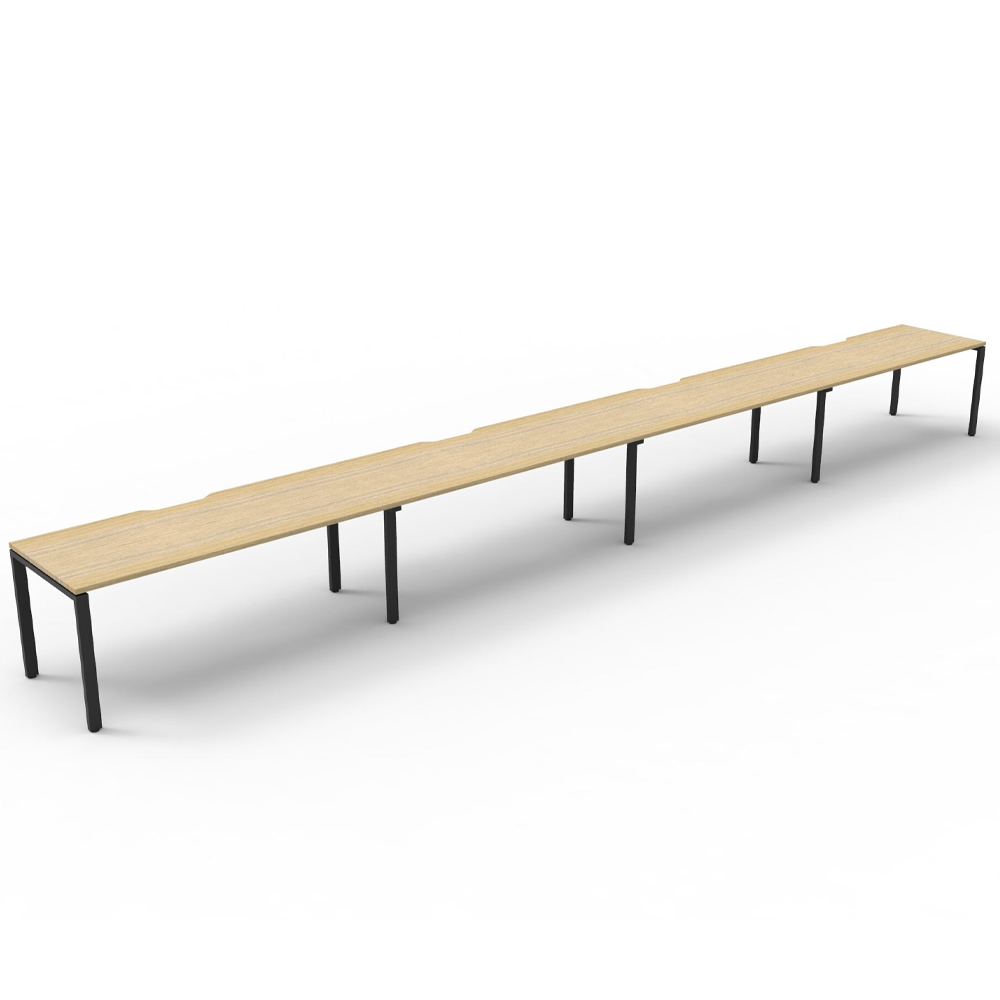
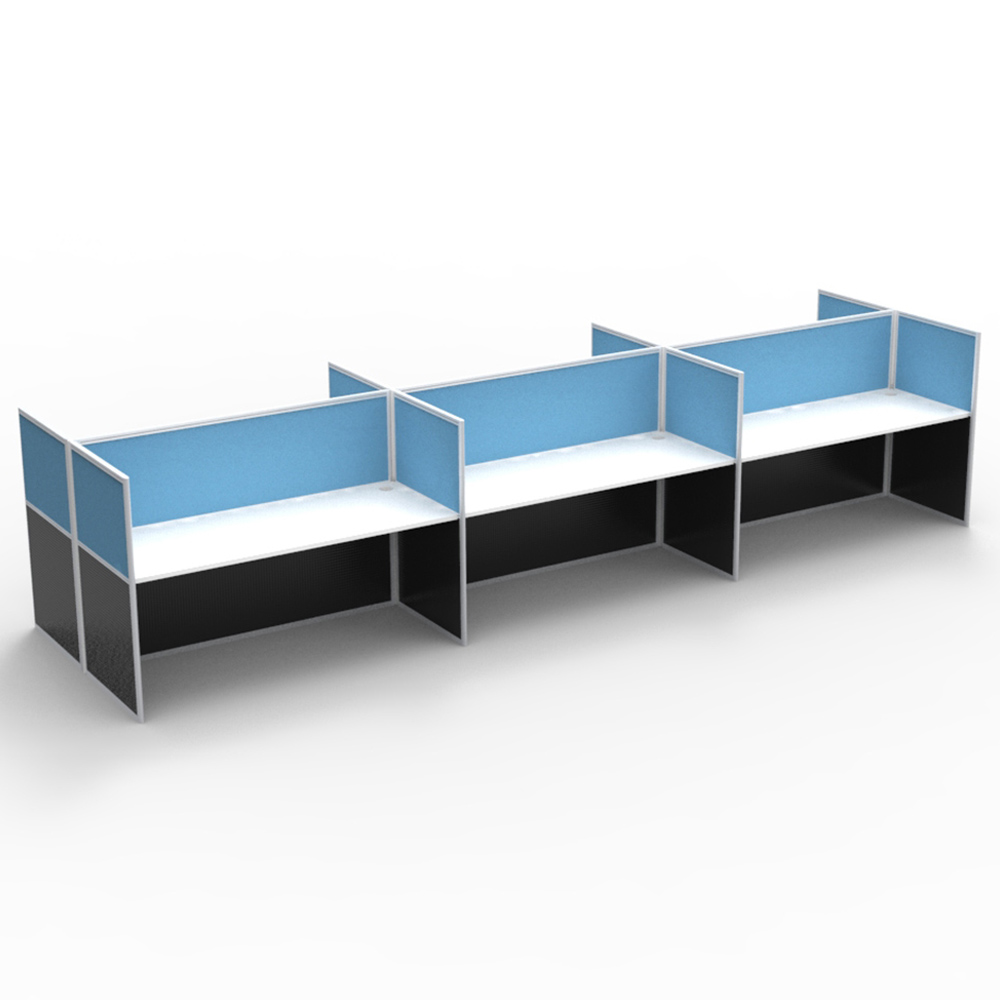
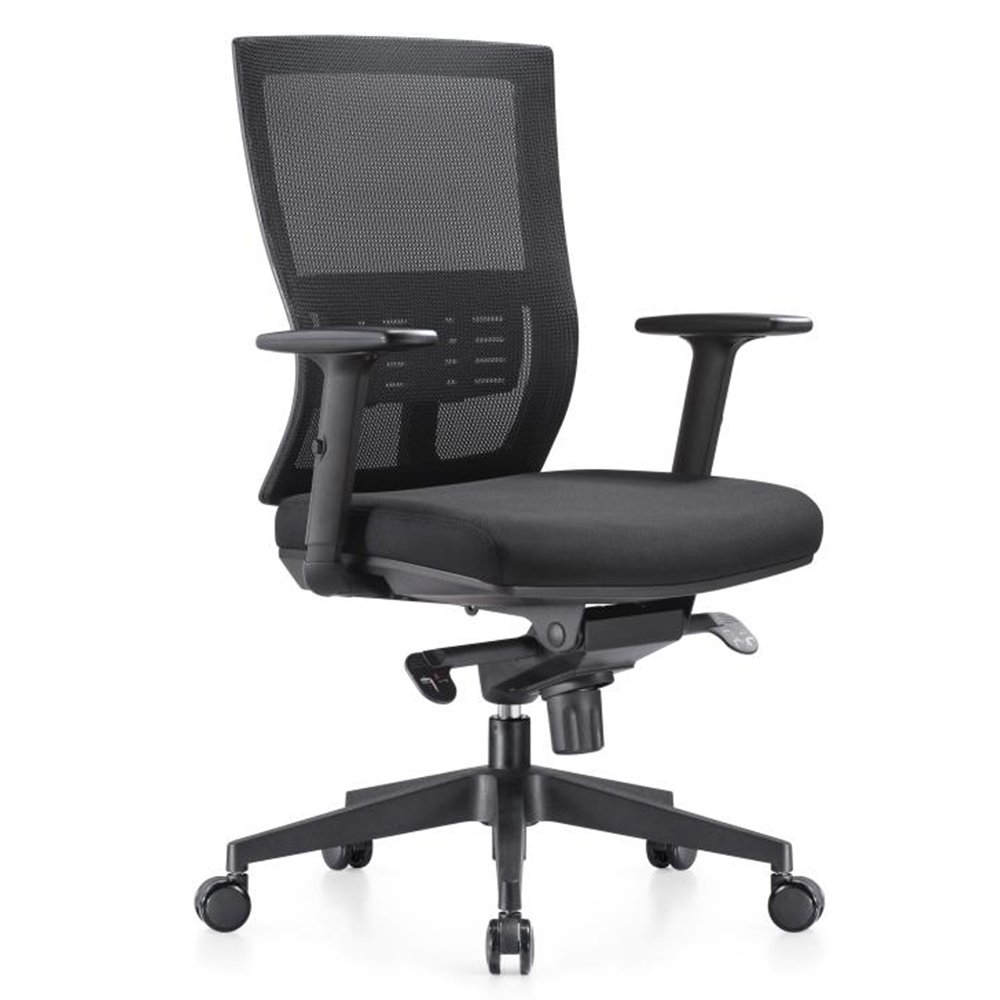
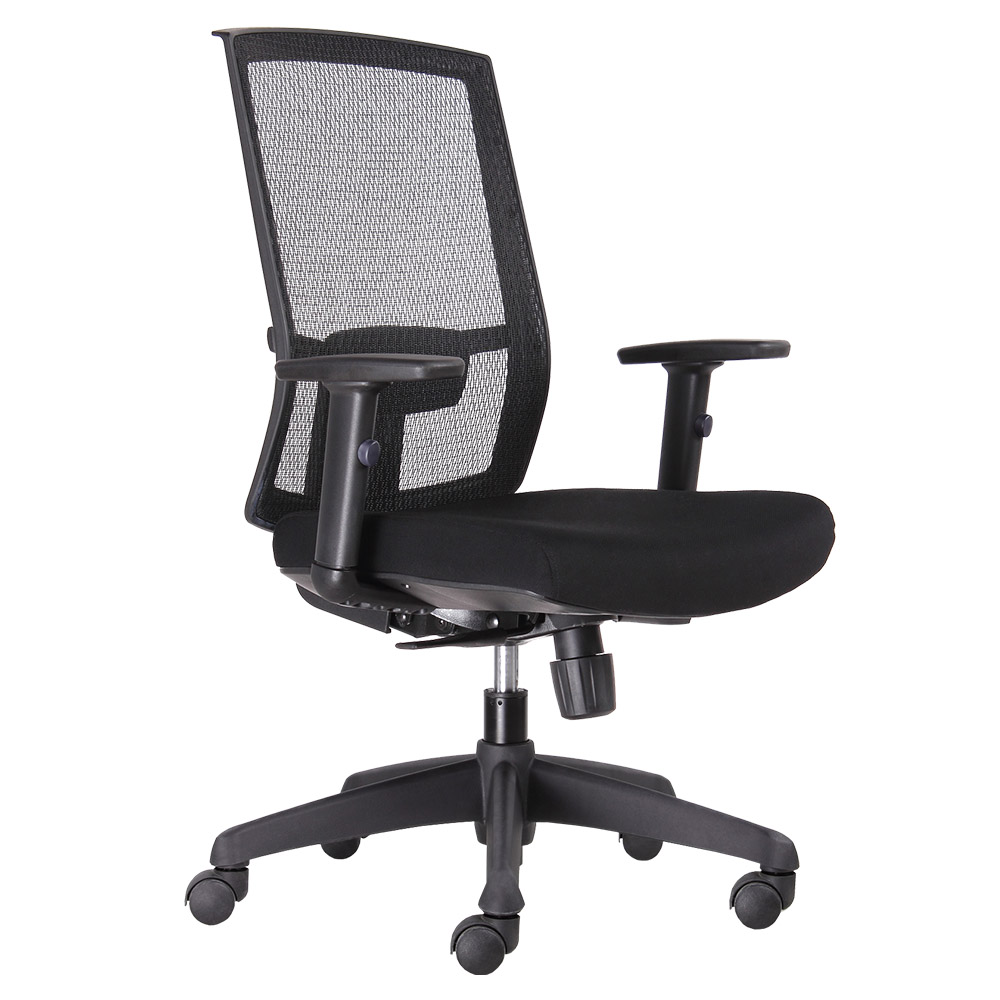
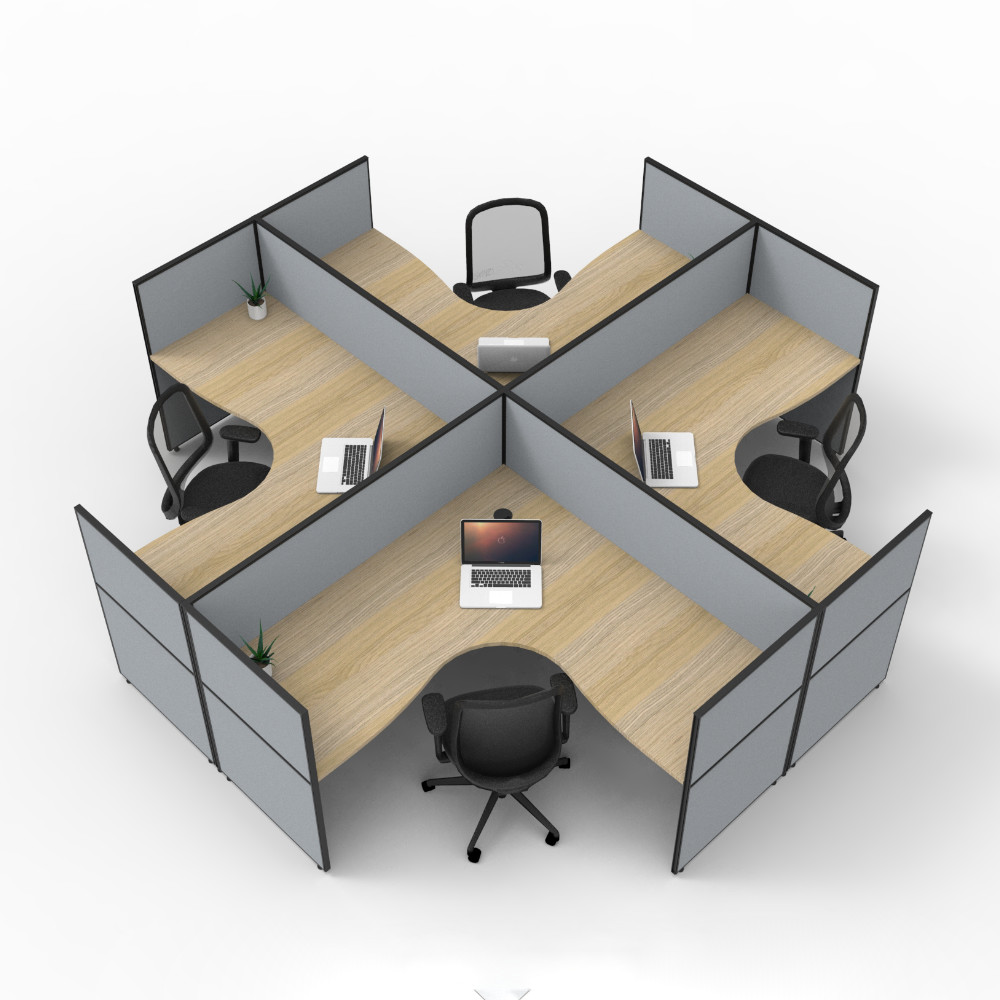

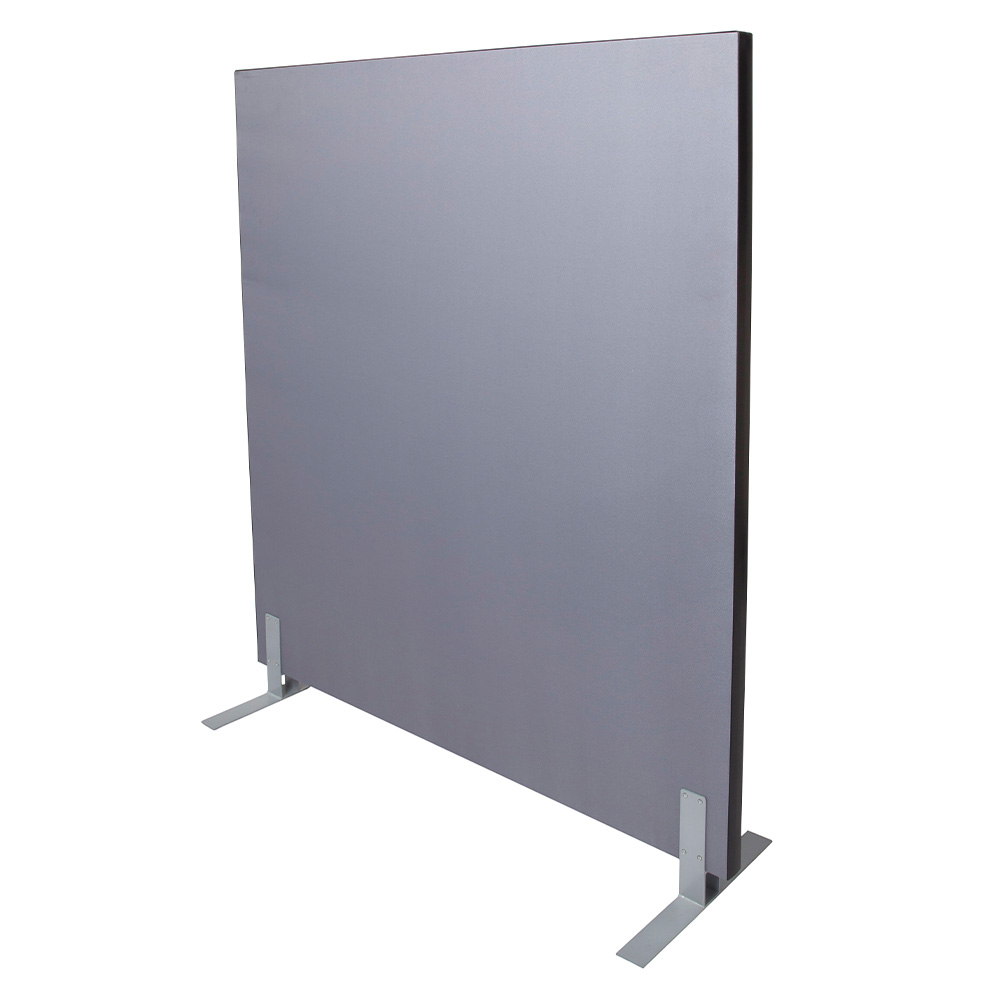
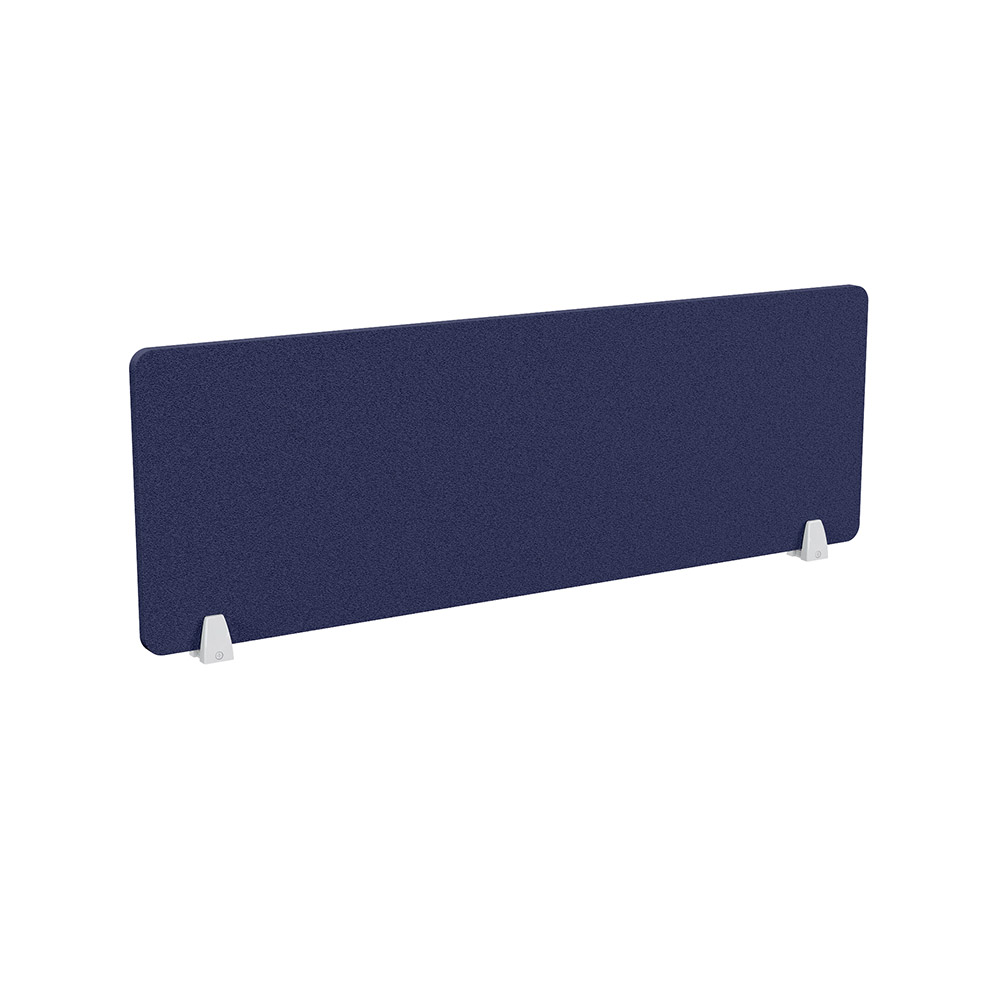
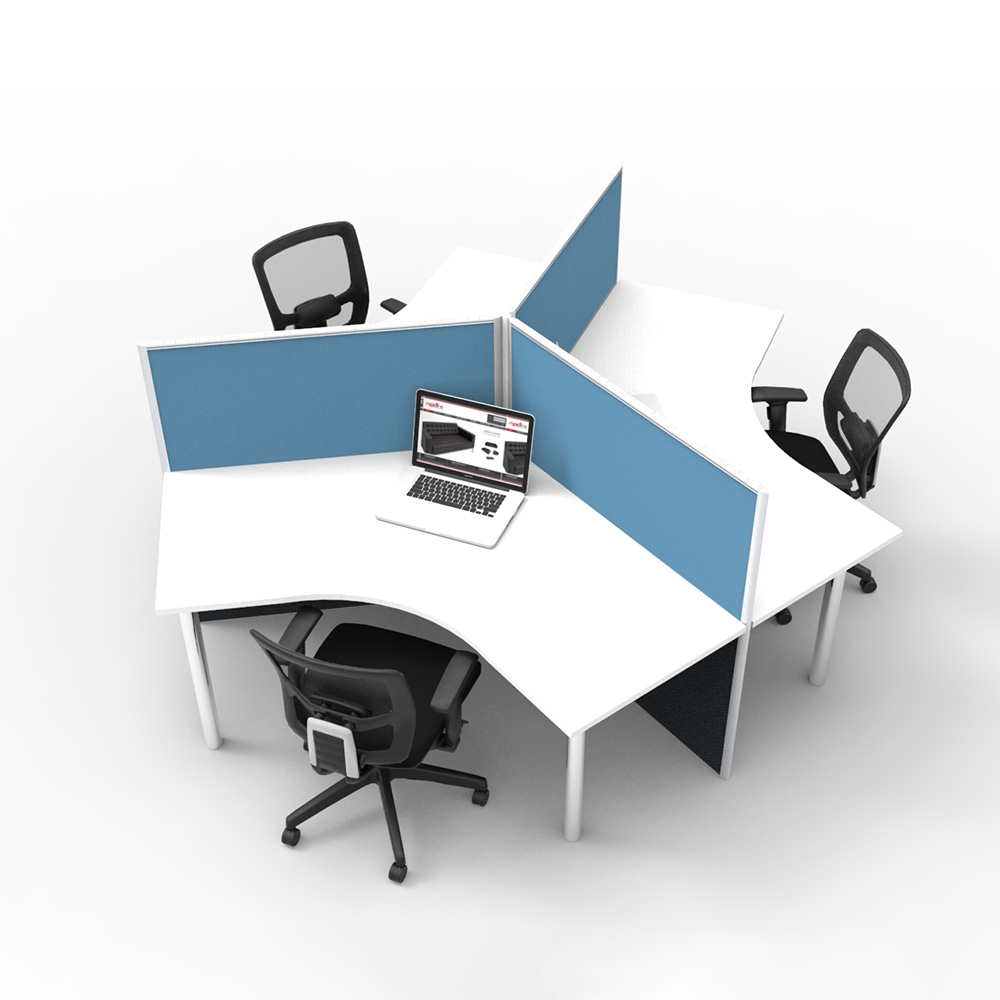
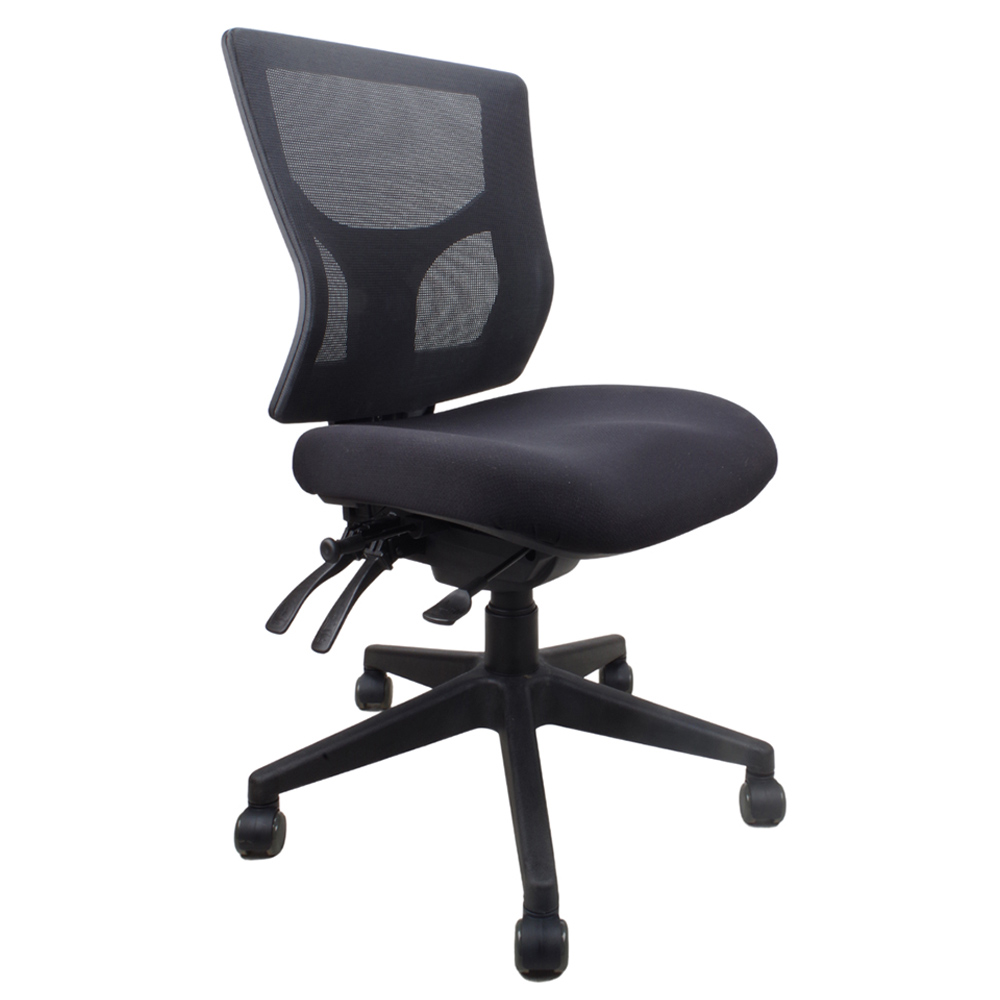
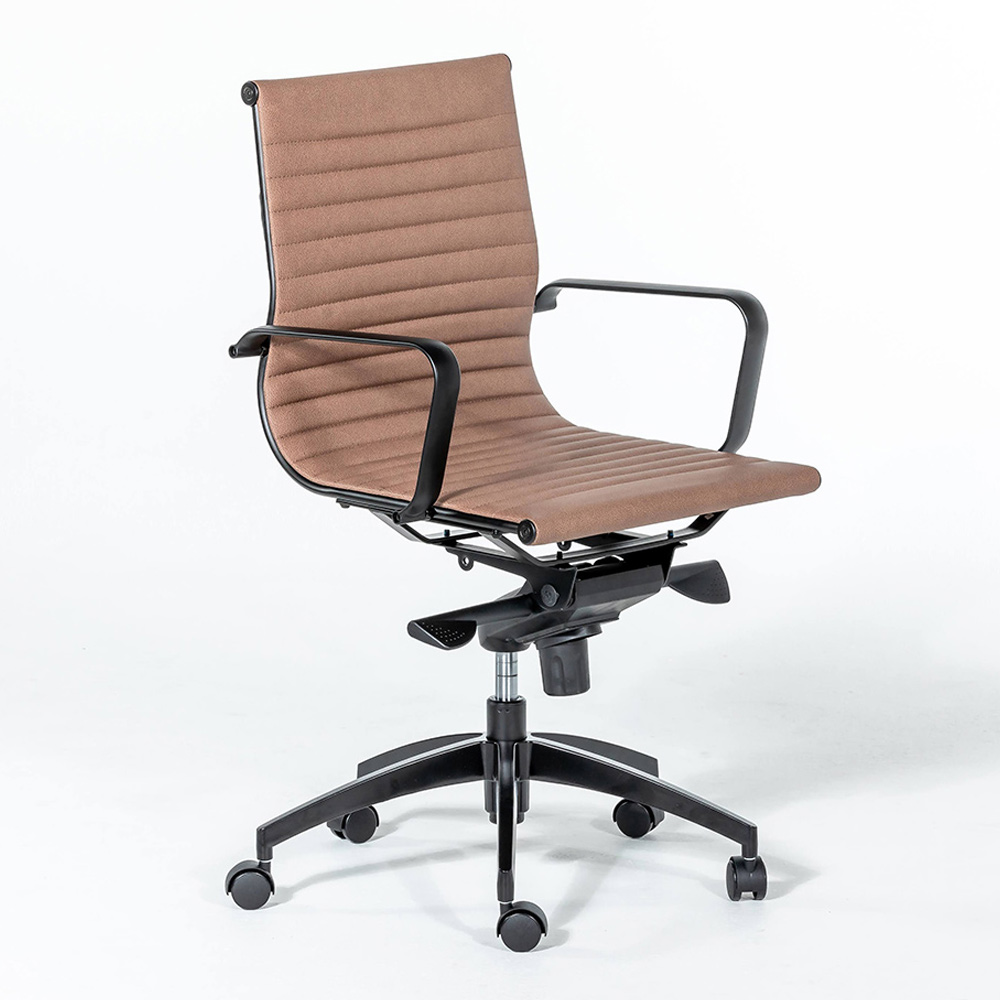


Good lighting is one of the most important elements of a well-designed office. Your space can be equipped with the most unique furniture, the best color combinations and chic desks, but none of that will truly shine unless you have the right lighting.
You’ve written it so nicely, and you’ve come up with some great ideas. This is a fantastic post!